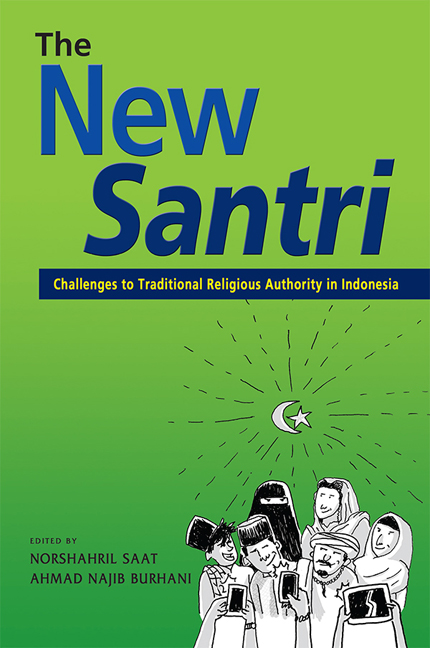17 - Jihad Against the Ghazwul Fikri: Actors and Mobilization Strategies of the Islamic Underground Movement
Published online by Cambridge University Press: 24 November 2020
Summary
Introduction
Born from the processes of neoliberal globalization and the strengthening opposition to the New Order regime in the late 1990s, the underground rock music movement (gerakan musik rock bawah tanah) in Indonesia emerged as a bastion of progressive politics (Wallach 2005) and the radical Left (Pickles 2001 and 2007; Saefullah 2017a). The movement participants, called “underground youths” (pemuda underground), protested against social and cultural orthodoxies, capitalist economic system, and state authoritarianism. After taking part in toppling General Suharto through democratic mobilizations in the late 1990s, their activism went through a period of decline. This was followed by the emergence of a new subcultural movement that, unlike their predecessors who tended to regard religiosity as a private matter, displays religious piety as necessity and uses right-wing Islamism as a political ideology. The founders called their movement the “Islamic underground” (Underground Islam), the name was chosen to distinguish themselves from the existing underground movement which they considered “too secular” and “too liberal”. Overlooked by scholars of Indonesian Islam, this stream of underground movement played an important role in disseminating conservative and even “radical” narratives of Islam to marginalized youths through ways that were never carried out by mainstream Islamic organizations.
This chapter discusses the Islamic underground movement by examining its key actors and mobilization strategies. It firstly discusses a brief history of the Indonesian underground movement, followed by an examination of the social, political, and economic conditions that have advanced the emergence of the Islamic underground movement. Subsequently, the key actors and mobilization strategies that have supported the growth of the movement will be discussed.
The Leftist Beginnings of the Underground Movement in Indonesia
Underground music only began to be popular amongst Indonesian youths in the mid-1990s. This was due to the rapid globalization that allowed the influx of western popular culture to the country (Sen and Hill 2007; Pickles 2007; Baulch 2007). The word “underground” was used by local youths as an umbrella term for a “variety of imported rock music genres on the loud side of the spectrum” (Wallach 2003), such as punk rock, rap, hardcore, heavy metal, oi, and grindcore. The word itself refers to an alternative space for social and cultural practices, as Dunn asserts, which are beyond the “formal domain of commercial life” (Dunn 2016, p. 90).
- Type
- Chapter
- Information
- The New SantriChallenges to Traditional Religious Authority in Indonesia, pp. 317 - 350Publisher: ISEAS–Yusof Ishak InstitutePrint publication year: 2020

